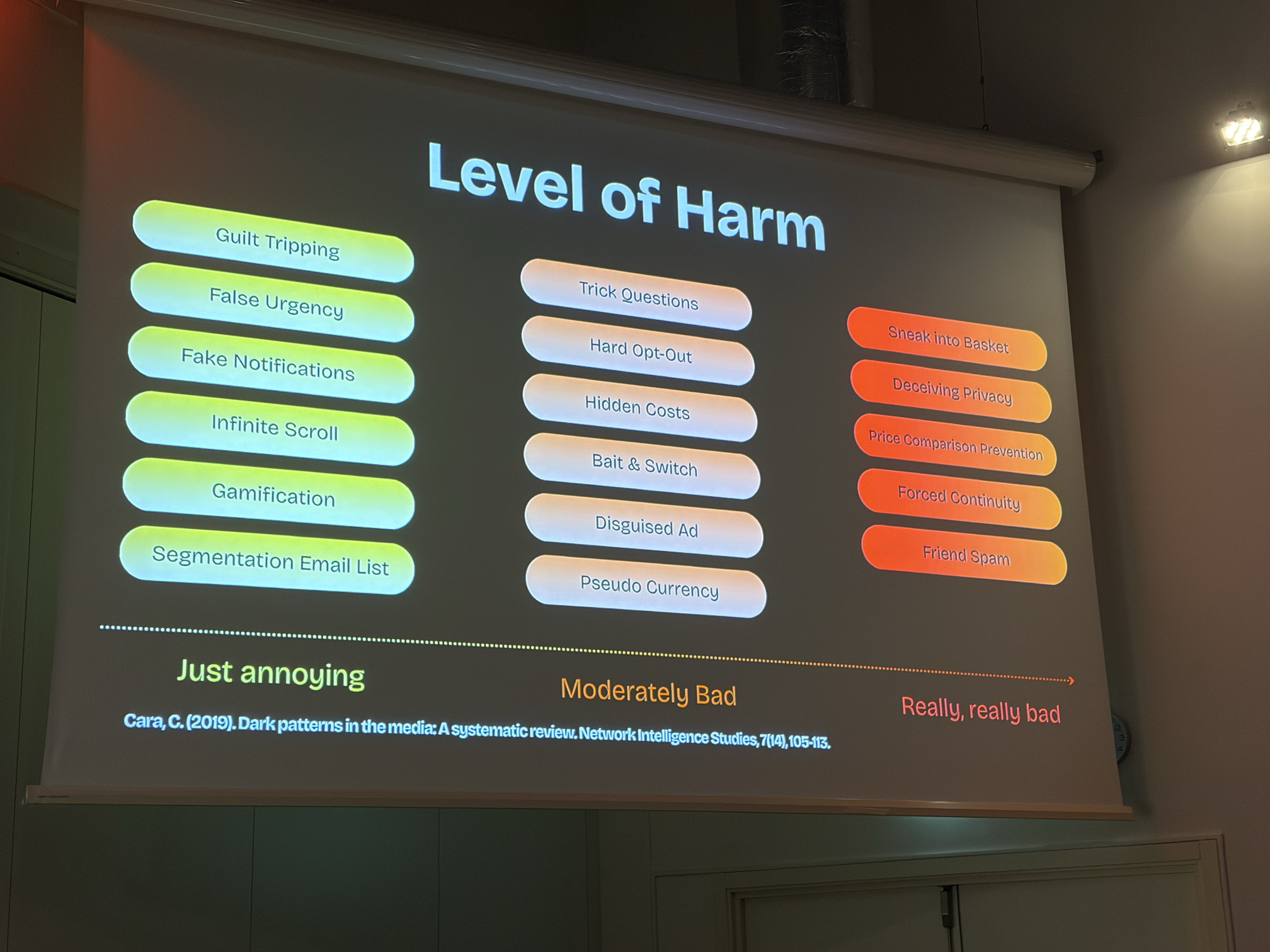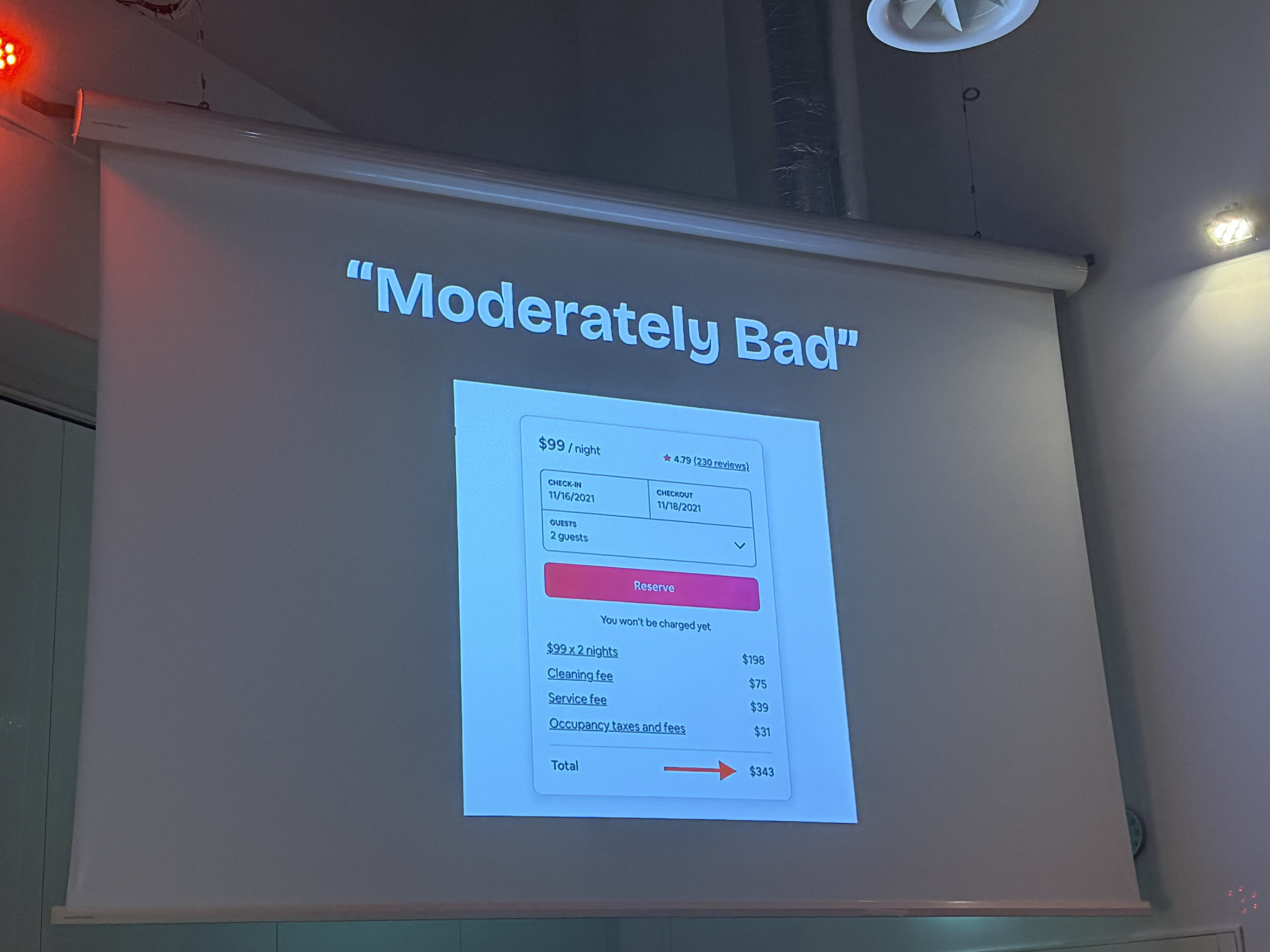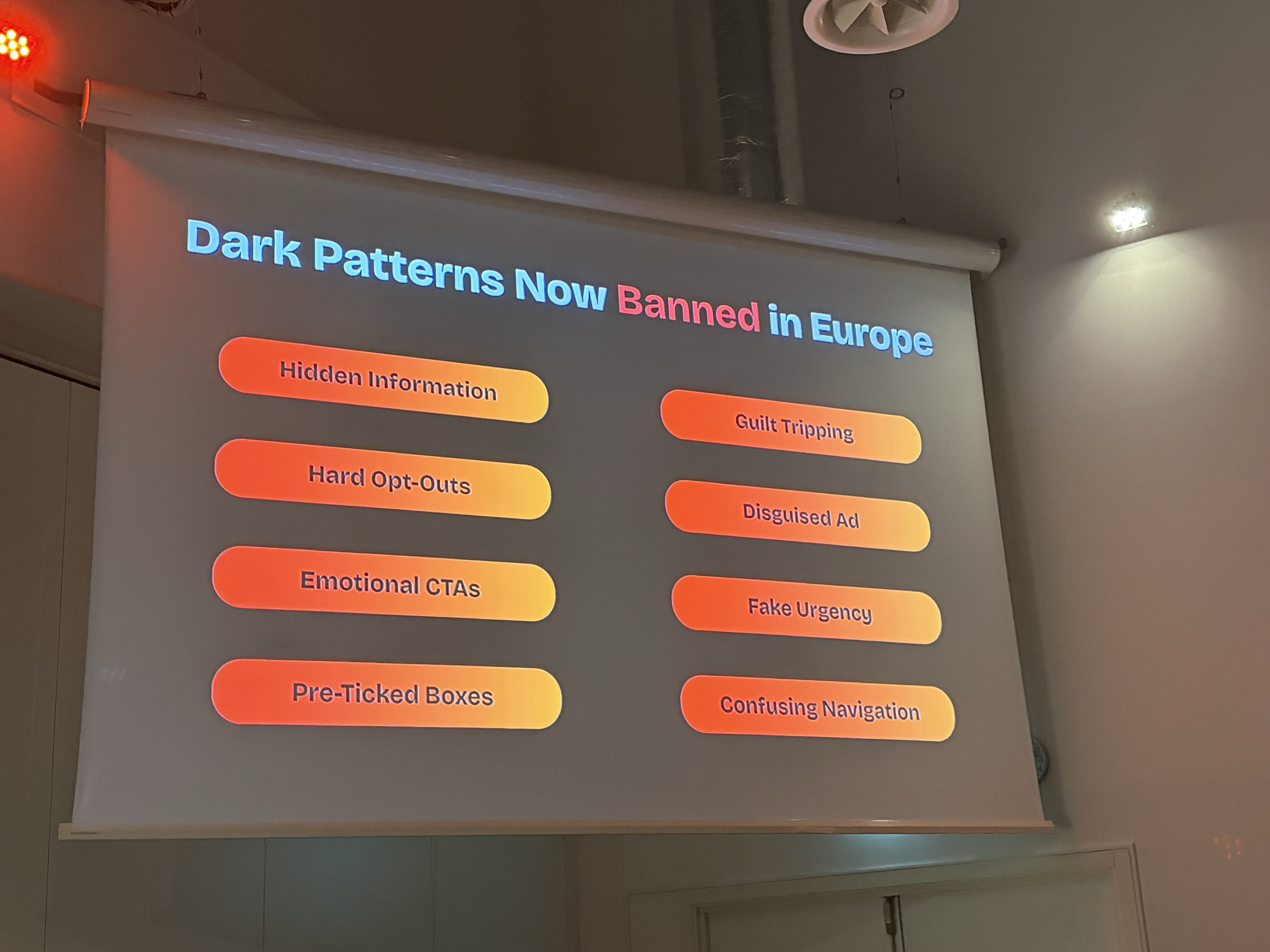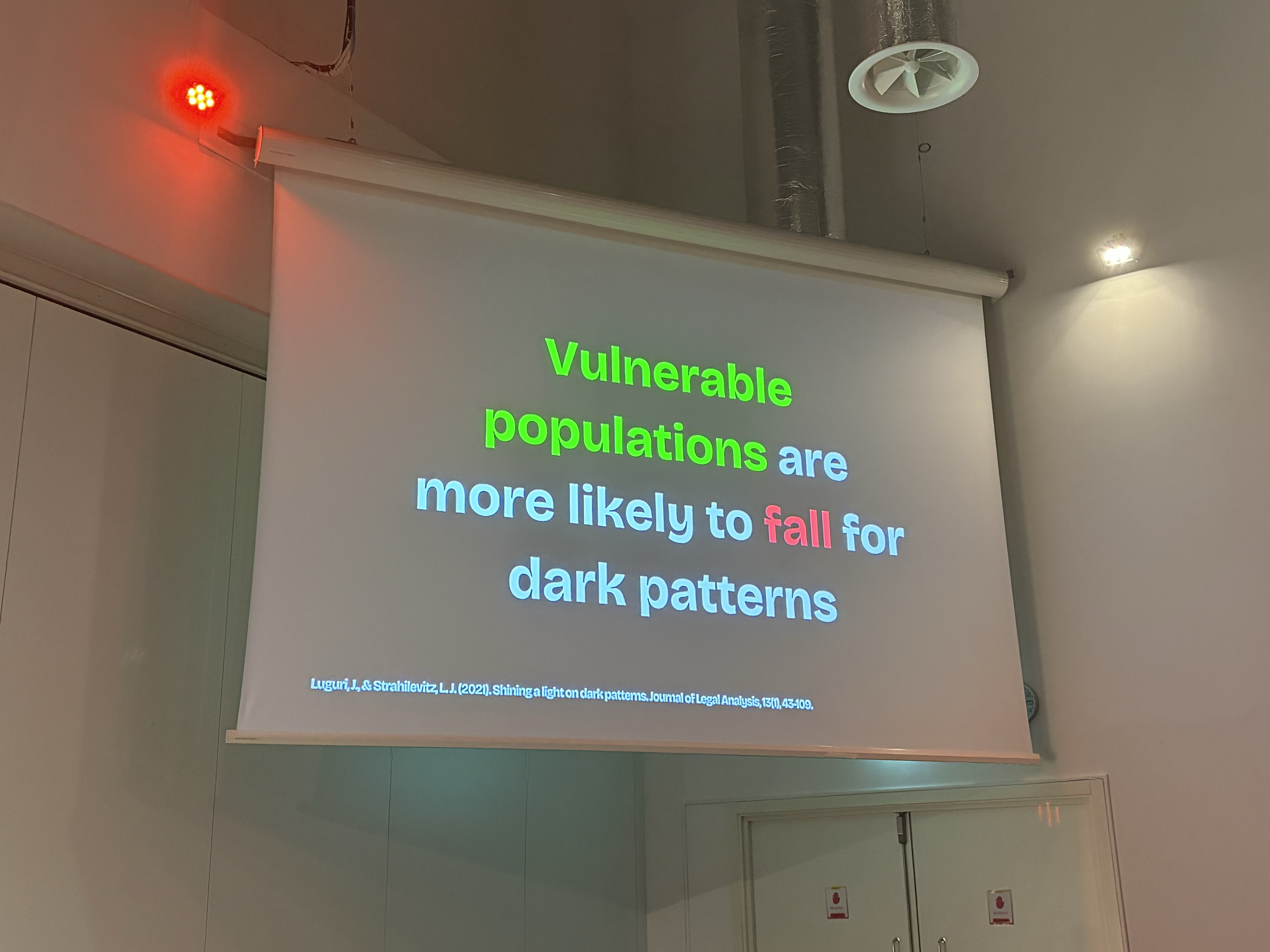Oredev Conference 2025 - Day 2
This is the second blog post in a 3 post series of my experience at the 2025 Öredev Conference.
Check out my blog post on Day 1 at Öredev Conference here.
Check out my blog post on Day 3 at Öredev Conference here.
Speaking Tech to Power: The CTO Guide to Board Presentations by Katrina Clokie
This was the 2nd talk I attended at this conference by Clokie - again, was very excited about it. But I was mostly curious as I wonder what it’s like to work with people who oversee the company at a high-level.
In this talk, Katrina shared her experience in speaking to the board as a CTO where she had to develop new skills to speak to the level the board is at.
How the board works
She started off with saying it is important, as a speaker, to understand your audience and know what they want to hear about.
She then went over the different roles of the board.
- Board Chair sets the agenda, runs meetings and liaises between the board and CEO
- The Secretary keeps minutes, distributes board materials and ensures regulatory compliance and filings
- Board Directors advise on strategy, risk, performance, and vote on major actions
- Board Observers are optional non-voting board members who are learning about governance
Aside from the formal roles in the board, it is important to know what type of role they have in the board, so you know what might be driving them.
A founder is likely to want continued strategic influence. An investor would want a good return on their money and wants to see a profitable business while an advisor wants to share knowledge and influence decision-making in their area of expertise.
She also shared that people on the board are also often on the boards of similar companies in the same industry - they can give insight based on what they know.
Advisors are good at connecting you with people in their domain and they can broker introductions.
Boards often meet once a month. At the company Clokie was at, the pre-read was due 5 days prior.
What the board cares about
Sometimes the board doesn’t care about you as much, and want to speak to someone else in a meeting more. Keep in mind that CTO is one of multiple C-level roles.
You’re probably not as important as you think (you are).
The board doesn’t really care about what you are doing but more about why it matters.
Clokie found DORA metrics to be useful when communicating with the board as it gave them familiar terms - a common language.
Once you’re in the board meeting, you should show you’re aligned (within C-level). It’s not a good look if there is overlap between what different people present to the board.
You have to assume that the board are smart and that they have read the preread.
Meetings are future-focussed. The pre-read/report already shows what has happened. Don’t tell the board what has happened since you last saw them, tell them what you plan to do going forward.
How to talk to the board
Clokie found that as a woman, saying “I don’t know” can hurt credibility. Instead she found a that it was better to say that she didn’t have the answer right now but that she will check with her team and come back to them on a certain date (then follow through).
Instead of saying “Do you have any questions? say “What questions or advice do you have?”
Working at the C-level
As a member of the Exec leadership team, this is the first time that your team is not a tech team - you’re not talking about engineering and tech, you’re talking about the business.
You should prioritise the team that you are a member of, not the team you lead.
Useful Resources Mentioned
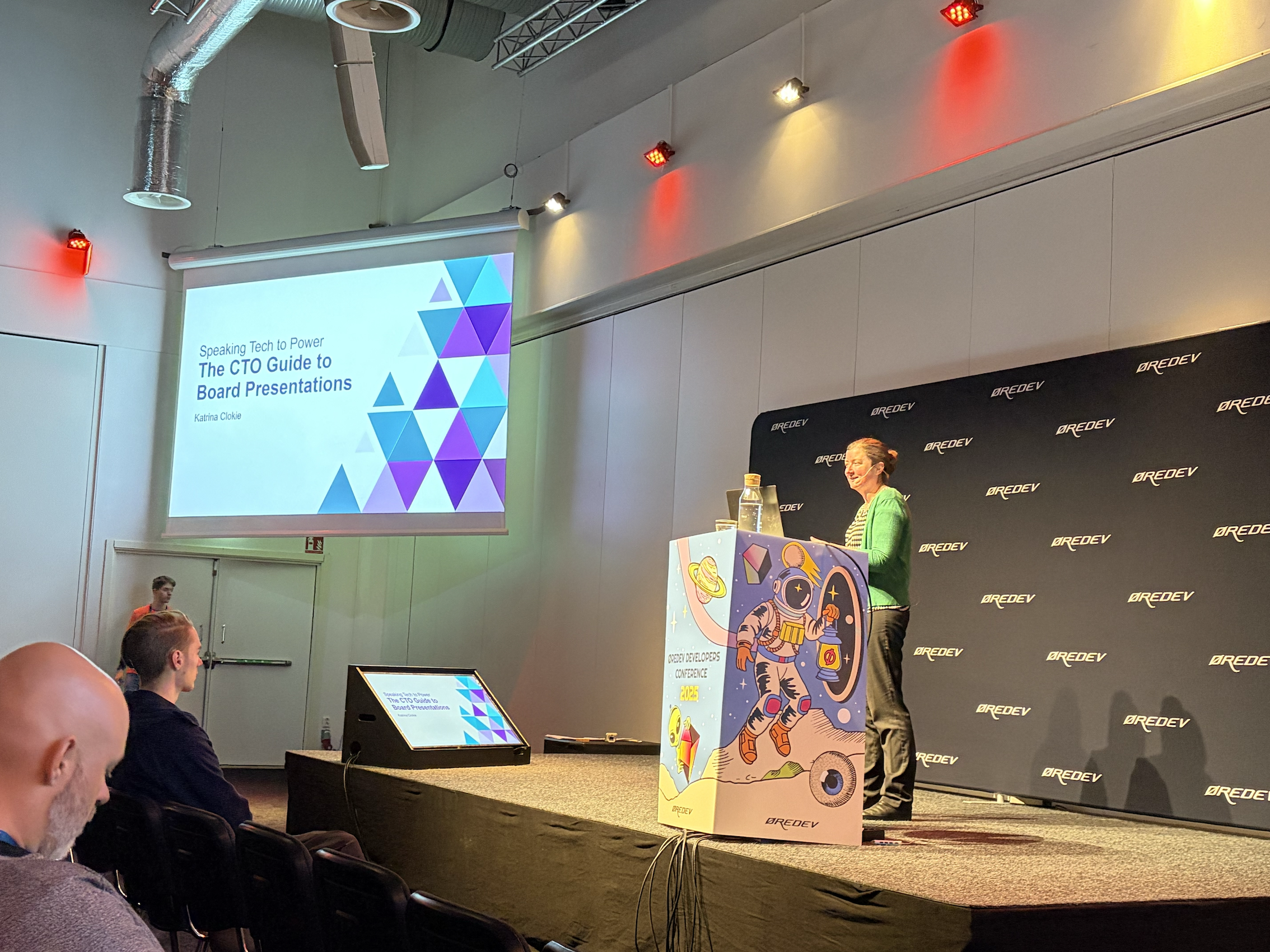
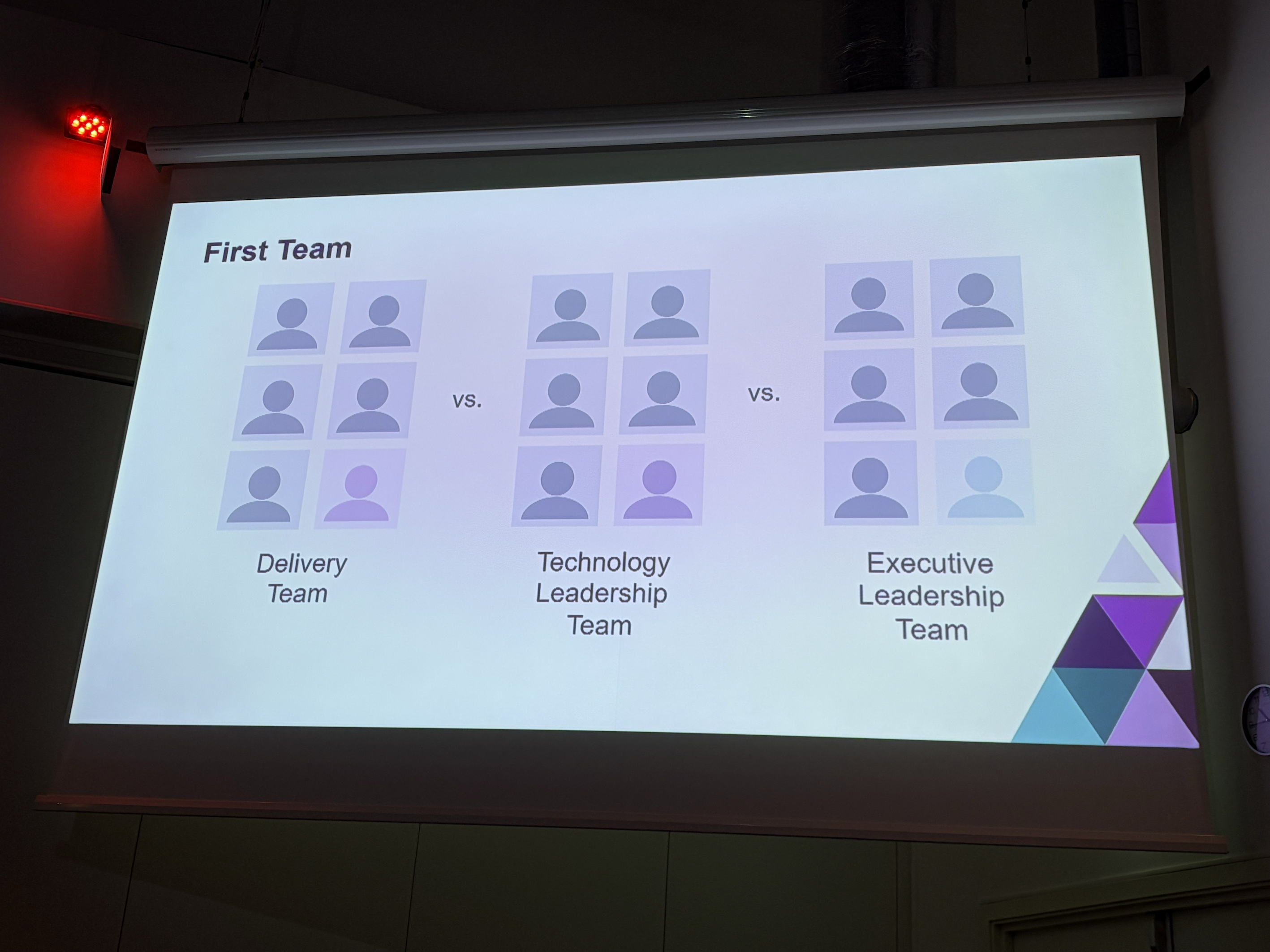
Navigating Uncertainty in Complex Software Systems
Gosai explored how understanding uncertainty helps us navigate change.
While I only took a few notes in Gosai’s session, I found that he was extremely effective at communicating information in a visual way that I ended up just taking heaps of photos.
He shared that change can be easy to handle if we know exactly what will happen - it’s the uncertainty that people find stressful. It’s stressful to not know how a change will impact us.
Your brain can’t tell the difference between a bear or a change to your team’s WoW.
People may think change comes out of nowhere, but often the signs have been there all along. (He then shared an example of the iPhone and how all of the needed technology existed to make the iPhone a reality.)
Useful Resources Mentioned
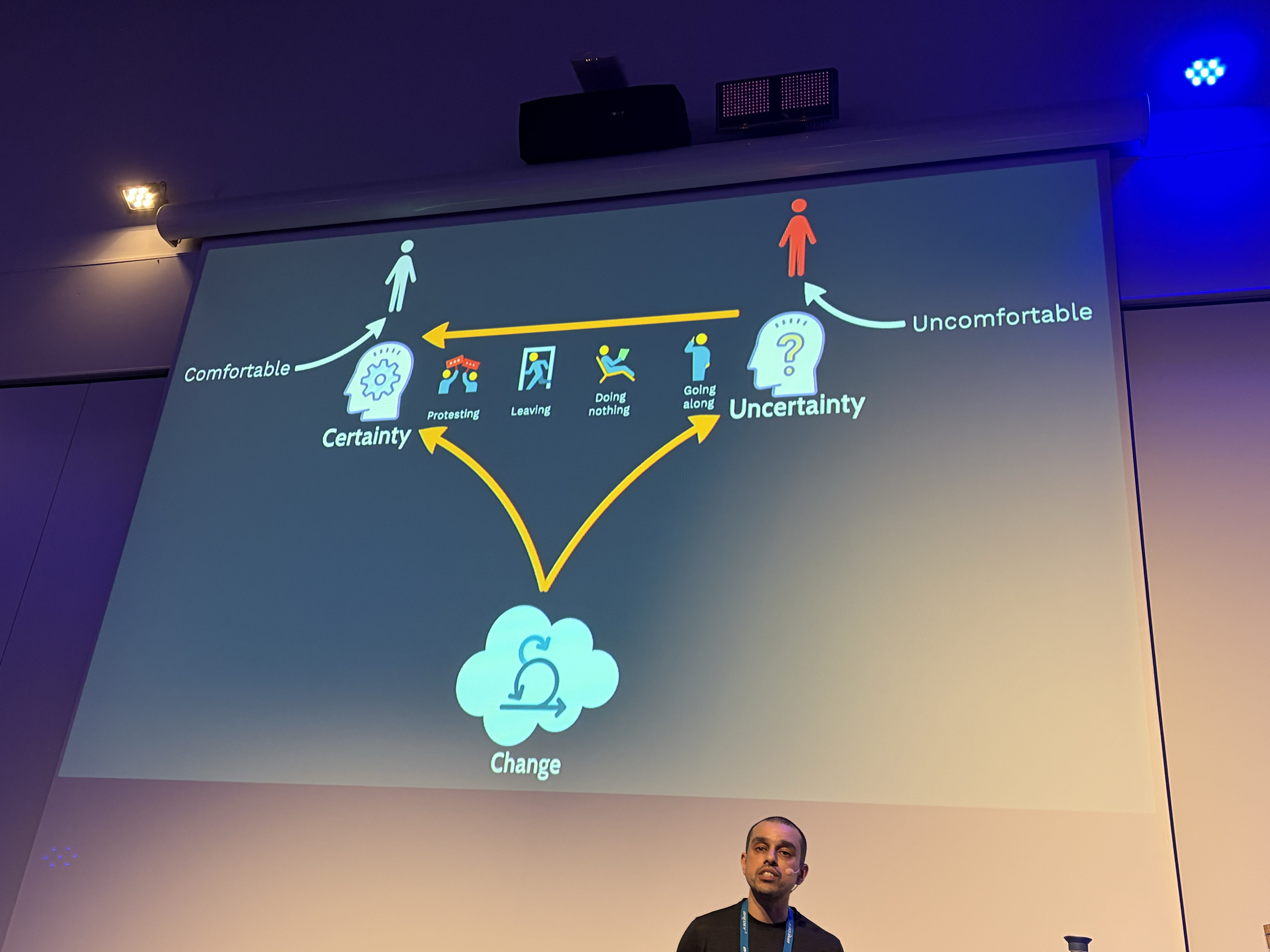
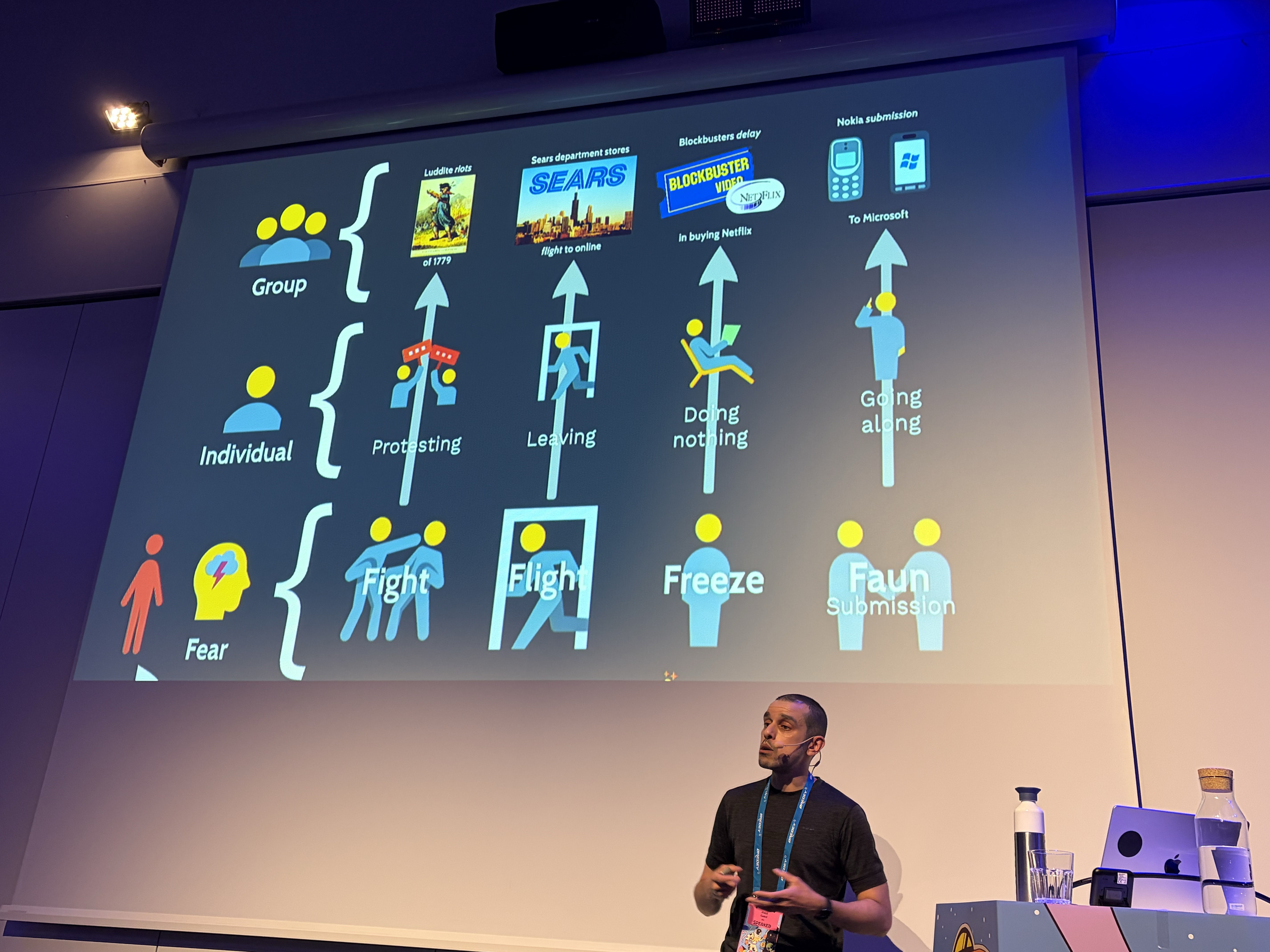
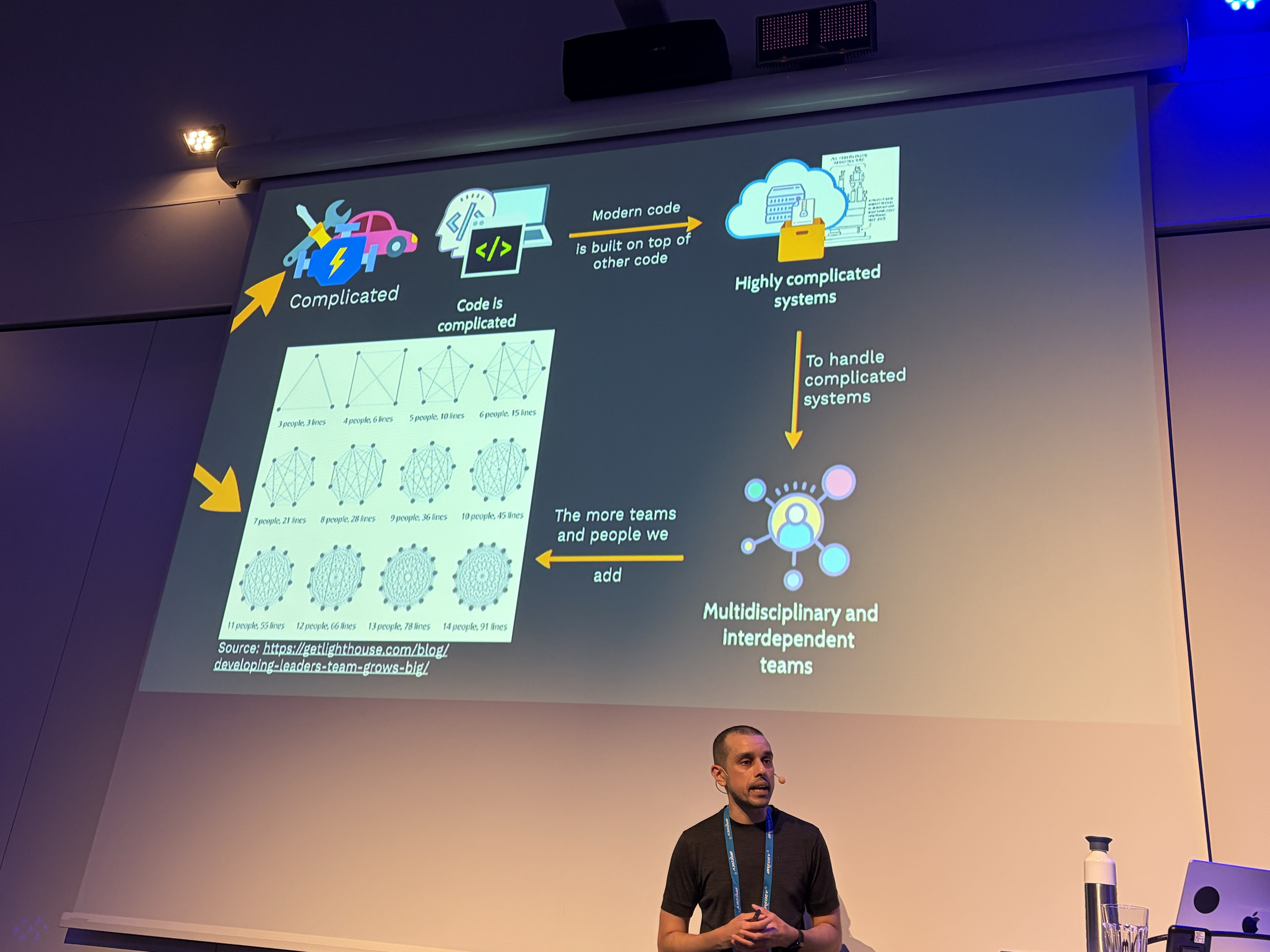
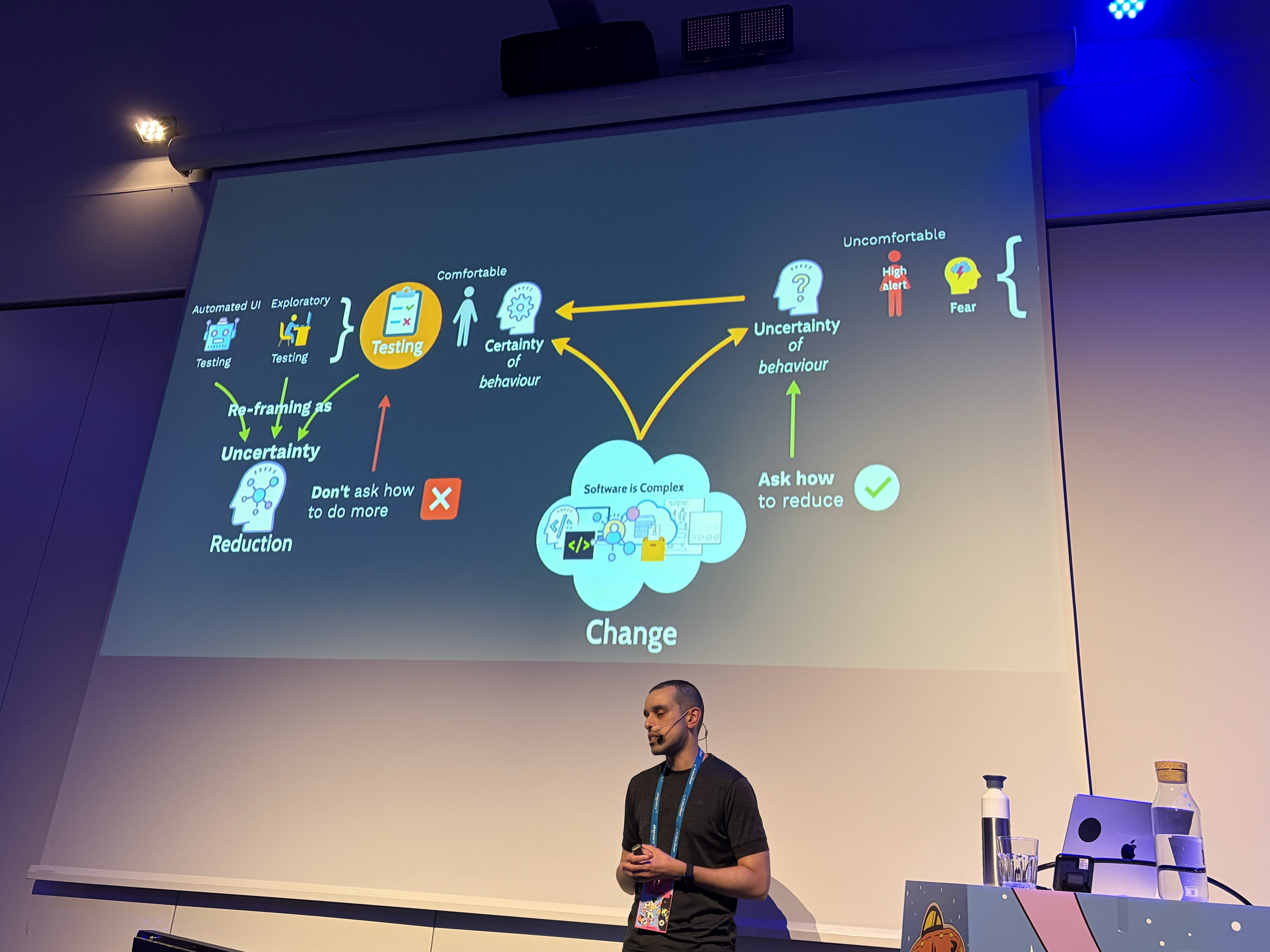
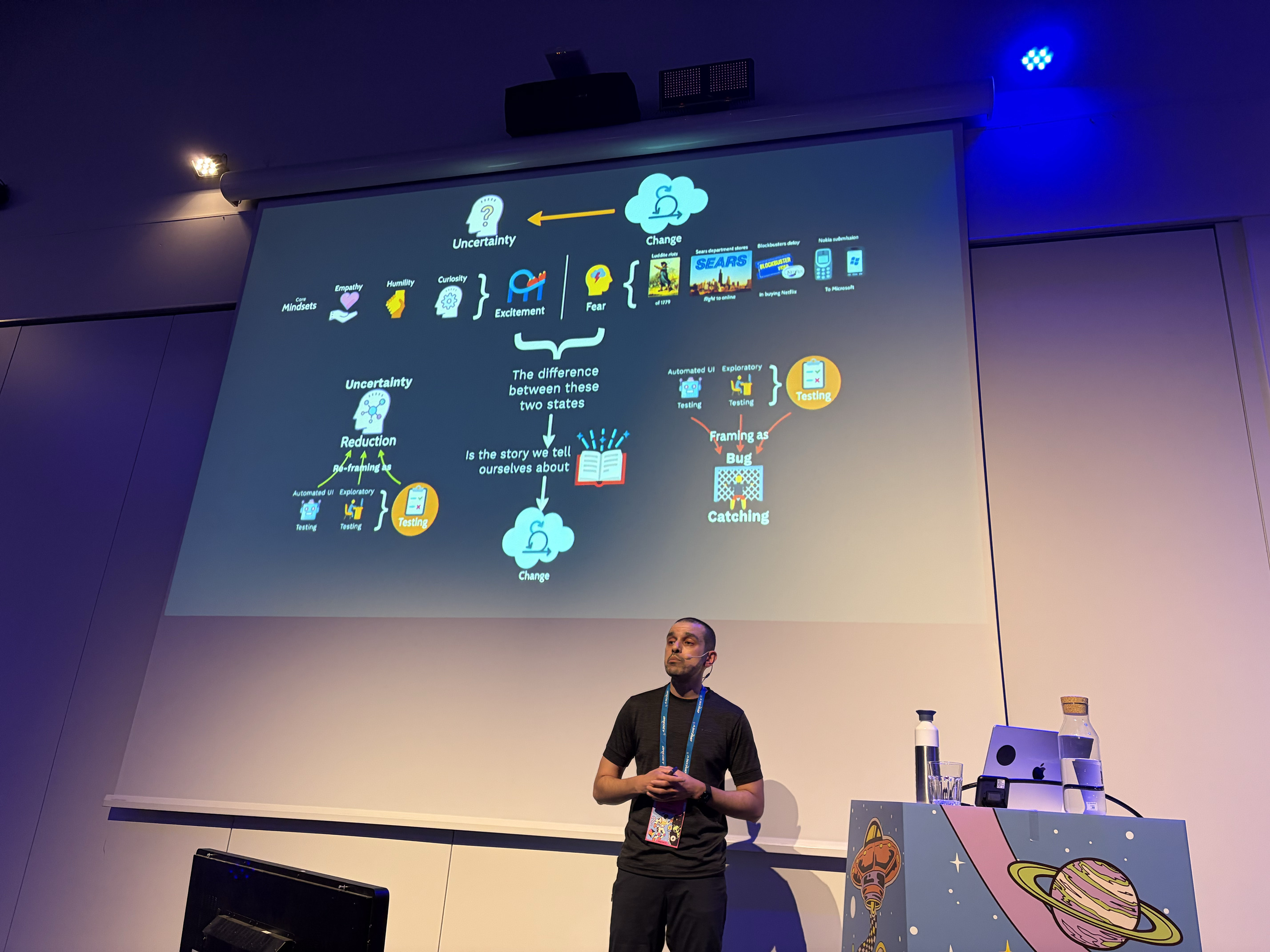
Visualizing Test Coverage and Prioritization with Quality Criteria by Martin Nilsson
Nilsson talked about how he leveraged Quality Criteria, from the Heuristic Test Strategy Model and ISO 25000, to track, visualize, and prioritize testing efforts using Azure DevOps and Power BI.
Easiest way to report zero bugs is to do zero testing.
You can also have zero test cases in one area, but still find bugs in that area (while you are testing something else).
Using quality criteria helps us ask better questions. This leads to better information.
Better information leads to better discussions and decisions.
Modern tools, such as Power BI, can help you extract data and visaulise that information.
Useful Resources Mentioned:

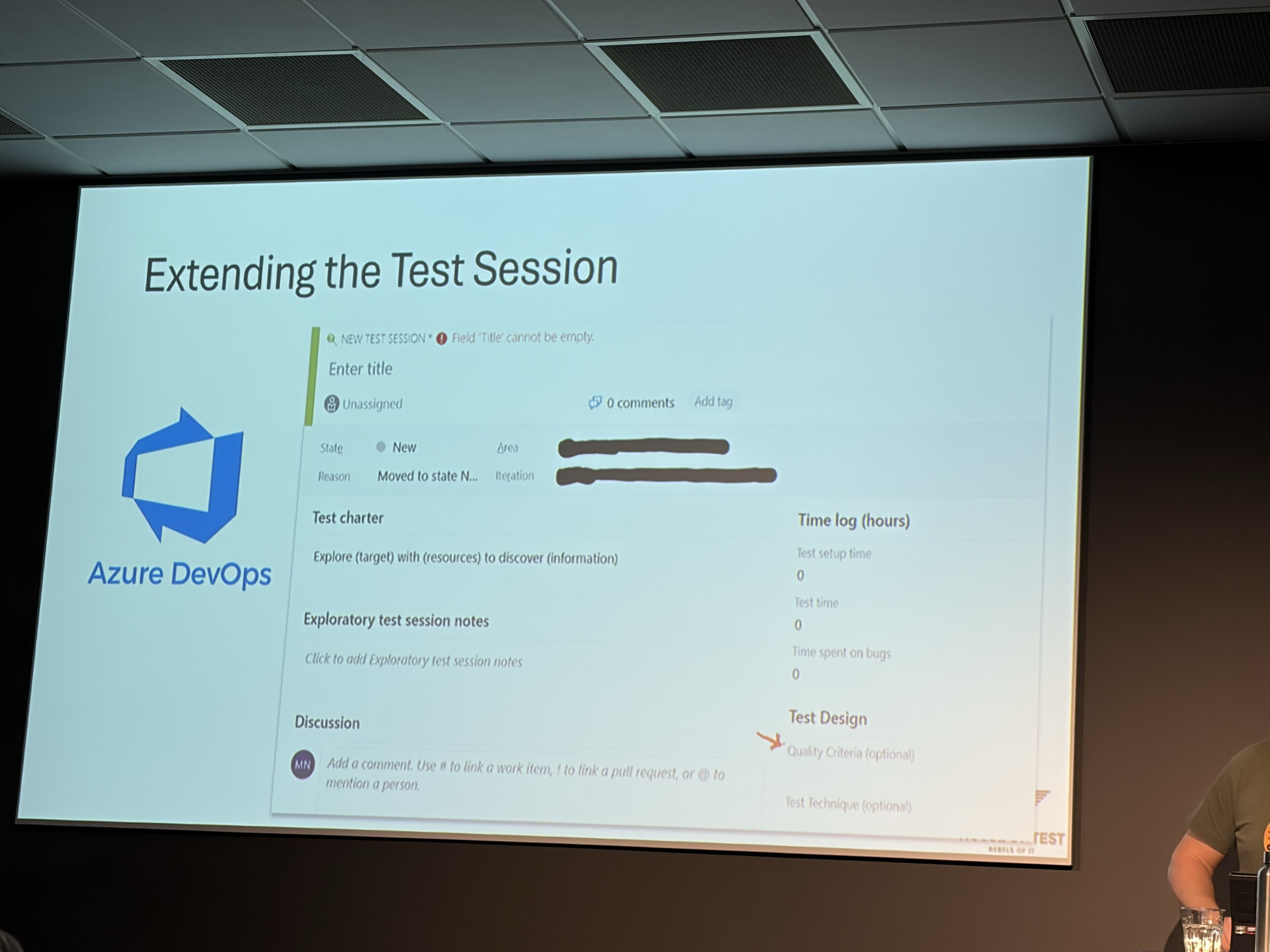

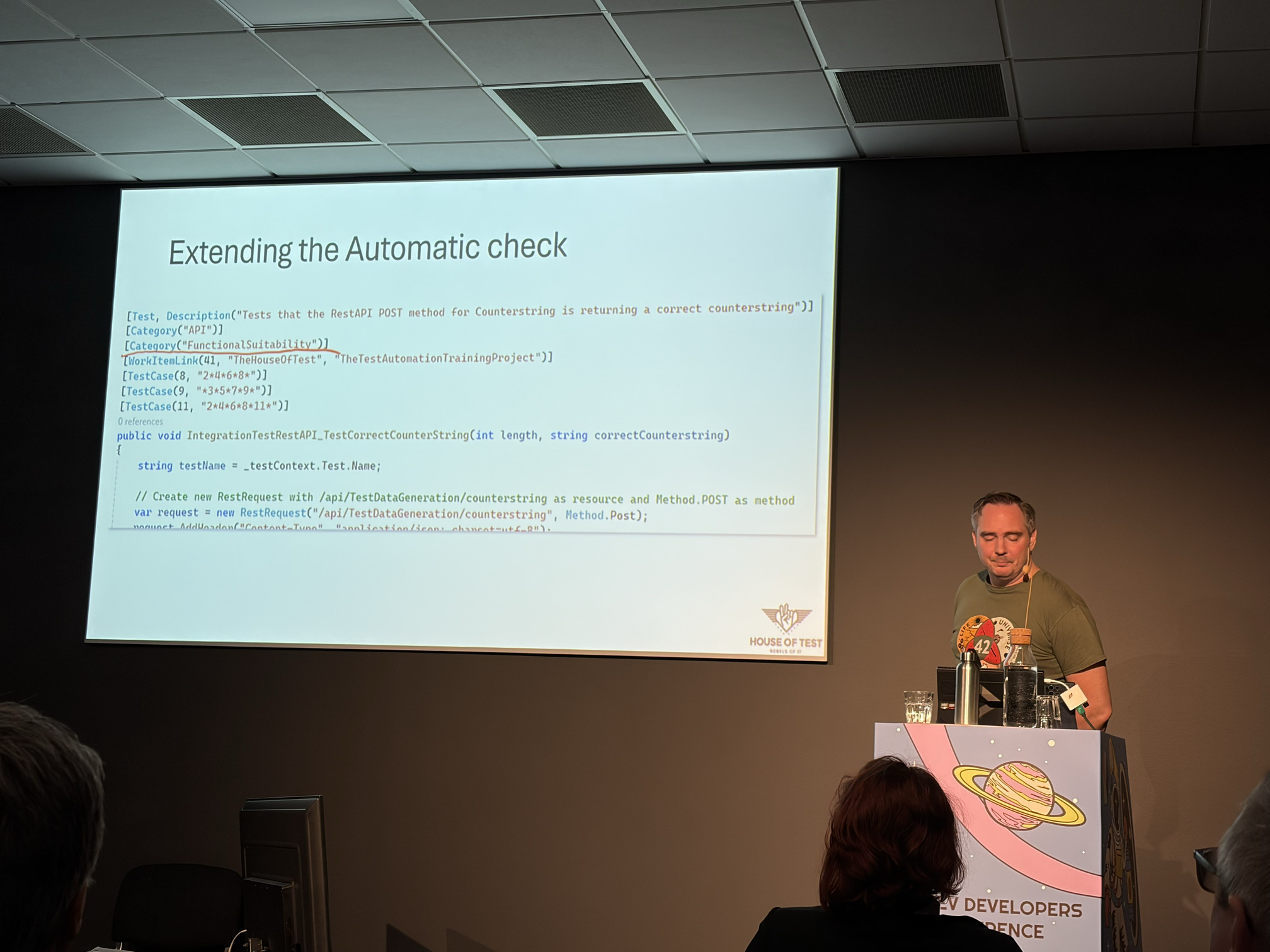
Dark Patterns to Rule Them All by Sergès Goma
Goma talked about how people can fall for dark patterns and not mind as long as they don’t realise what is happening. She shared plenty of examples along with what good design patterns looks like.
Deceptive Patterns (also known as “dark patterns”) are tricks used in websites and apps tha make you do things you didn’t mean to, like buying or signing up for something.
She talked about a game that she and her sister played when she was younger where they had to pay money to get new nice clothes. The goal of the game was to win best-dressed girl.
In one month, Goma and her sister spent 500 euros making phone calls to place the orders. (they didn’t realise the phone calls cost money).
One way that games use dark patterns is to use fake/in-game currency - it helps you lose track of how much money you spend in the game.
Another common dark pattern is autoscrolling in apps like Youtube Shorts and Tiktok - the infine scroll aims to keep you on there.
Often, people don’t even notice dark patterns because it is so prevalent in our industry.
Useful Resources Mentioned

